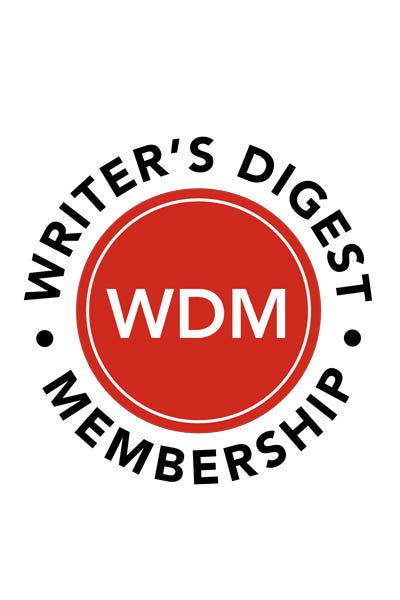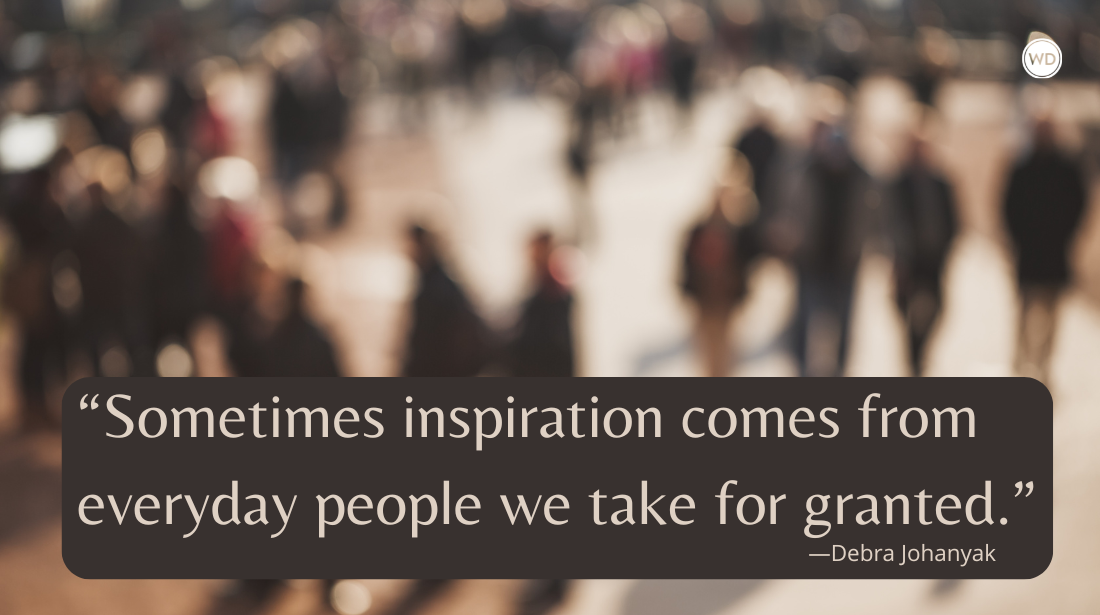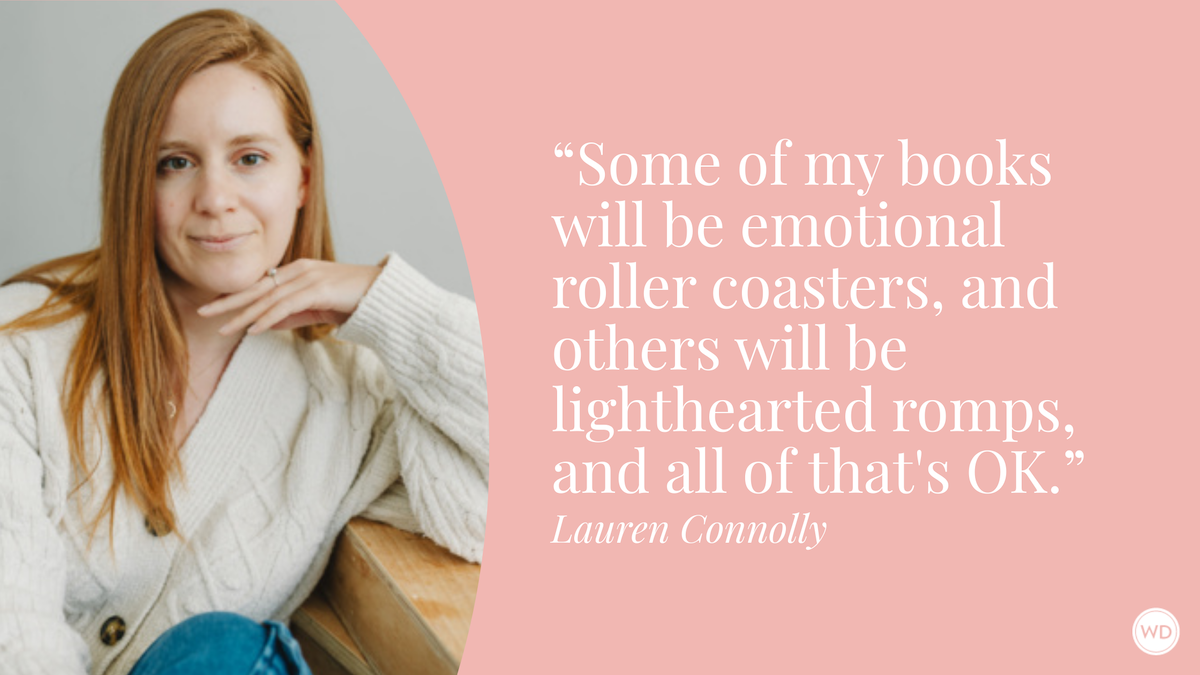4 Writing Tips I Learned From Competitive Ice Skating
Author and former competitive ice skater Jocelyn Jane Cox shares four writing tips she learned from competitive ice skating.
I was a competitive figure skater for 11 years of my youth and went on to coach the sport for almost 25 years. Along the way, I was also writing stories, essays, creative nonfiction, and eventually a memoir about my mother’s dementia, and her death on my son’s first birthday. In my book, I examine how figure skating gave me the strength to get through some of the most difficult moments of this experience.
I used to think my writing practice was the antithesis of my sport. I saw writing as the quieter, safer refuge from my performative and often dangerous existence at the ice rink. What I’ve realized more recently are the many ways these two activities are related. As the Winter Olympics once again captures our collective imaginations, here’s how we can take inspiration from the slippery surface of the ice…to the (perhaps equally slippery) page.
Trusting final drafts and revisions get us there:
When we watch skating performances on television, we are seeing the final drafts. The choreographers started creating those programs with the athletes anywhere from six to 11 months before. Since then, the choreography has gone through countless iterations with edits from a team of coaches and the skater themselves. Skating programs often start off either too complex, and almost impossible for the skaters to enact, or they’re too simple, and don’t demonstrate the skaters’ skills appropriately.
While it can be tedious to tweak those messy first drafts (or completely tear them apart and put them back together again), the good news is that throughout this entire process, the athletes are improving. This is both because they’ve been working to keep up with the constant changes, and also due to their other simultaneous training and drills.
As writers, we can get so frustrated by the revision process, often feeling like we’re either stuck or moving backwards. What if we trusted that we are evolving with each draft, both within the individual piece and, overall, as writers? And what if we could frame our reading—of craft books and other writers who inspire us—as cross training? We might not get a standing ovation or a medal, but if we can develop faith in the revision process, as nonlinear and nauseating as it may feel, we will surely get closer to that satisfaction.
Learning how to get rejected:
Believe it or not, skaters “learn” how to fall. They don’t brace themselves and they don’t resist. When gravity takes over, skaters know how to relax so they don’t get hurt. Instead of staying rigid, they “melt” into the situation, a response that becomes increasingly natural with experience. This isn’t to say that skaters never get injured when they fall—but it’s a small percentage of times, given how often it happens.
On television, we see elite competitors falling infrequently, but if you were watching a crowded practice session, you’d see skaters hit the ice every few seconds while learning and attempting. Most of the time, they pop right back up and immediately try that same element again.
This is similar to the submission process, given the multiple rejections we weather, our hopes getting repeatedly lifted then dashed again. Yes, those “not a fit for us at this time” responses almost always hurt, but we, too, can learn how to absorb disappointment with less resistance and less psychological harm. Perhaps we can relax into our inevitable emotions to an extent and anesthetize ourselves to the impact through repetition. Maybe we can get up, and launch ourselves across the next pages and into the next editors’ inboxes, trusting that somewhere, somehow, something we send out will eventually land.
Leaning into the creativity within constraints:
Figure skating competitions occur on rectangles with precise dimensions, hemmed in by a circumference of barriers. Additionally, each performance must adhere to a long list of rules prescribed by the International Skating Union (ISU). While spectating the sport, noting all its flow and fluidity, you might not sense the underlying rigidity, or all the points each skater is trying to rack up with each element and body movement. But if skaters add in something extra, they lose points. If their music is a few seconds longer than the rules stipulate, they lose more points. Despite how it might appear, the “game” of skating has become more quantitative over the years. The best skaters figure out how to make beauty out of the math, science, and physics of their performances.
Whether we like it or not, constraints abound in the writing industry. Hybrid writing, autofiction, and prose poetry blur the lines nicely, but equally interesting are the constraints we can intentionally create for ourselves, as far as structure, world building, or formatting. Whether we are conscious of this or not, with each piece that we write, we establish a set of rules and attempt to follow them. A historical piece? Needs time-period accuracy. A hermit crab essay in the form of a Driver’s Ed written test? Needs questions. A Haiku? Three lines and the ol’ 5-7-5. A character from the south probably shouldn’t suddenly switch to a British accent.
While we automatically build some rigidity to these constructs, we also understand that whole worlds can open up within the space and the ground rules of our pieces. There can be a wellspring of ingenuity when trying to think and problem-solve inside the box. Writing is verbal choreography; sometimes constriction can unexpectedly produce the most creative work.
Taking control despite subjectivity and vulnerability:
As rigorously as figure skating federations have worked to create objective scoring systems, the results of each event still involve opinions, human proclivities, and layers of bias. The line of judges along the sides have rubrics they are following, but they come to the event with their own ideas about technique, costumes, and their own musical and stylistic tastes, not to mention international politics. While this human element can be frustrating, it’s, for now, probably preferable to letting computers and numbers completely take over.
As vulnerable as these impending “judgements” might make skaters feel as they stand there waiting for their music to start, they ultimately cannot control the judges marks. They can only control their own performances by focusing intensely on the mental and physical strategies they’ve been rehearsing the whole year, and possibly for their entire careers. If skaters feel their performances slipping away from them, what we sometimes call “bombing,” the predicament is the same as live theater…the show must go on, they must push through.
Along these lines, the words we write from the heart may not be for everyone and our discouragement may at times feel insurmountable. But whether we continue with our writing in the wake of setbacks is entirely up to us. We cannot control our acceptance in our dream publications, we can’t force agents to represent us, and if our work isn’t resonating with a book editor, we can’t strong-arm them into publishing it. What we can control is whether or not we keep trying, whether or not we start again after ripping something up. We can take craft classes to improve weaknesses, ask our writing community for help, and keep putting words together in different configurations to get the results we were hoping for.
An elite skating career usually lasts for only a decade or slightly more (talk about constraints!), but as writers we can keep honing our craft for years, experimenting with new techniques and genres. No matter what anyone else says, or which gatekeepers have weighed in, we can decide for ourselves, day in and day out, that our own show can still go on.
Check out Jocelyn Jane Cox's Motion Dazzle here:
(WD uses affiliate links)









